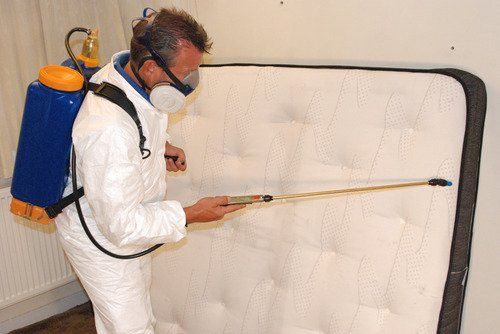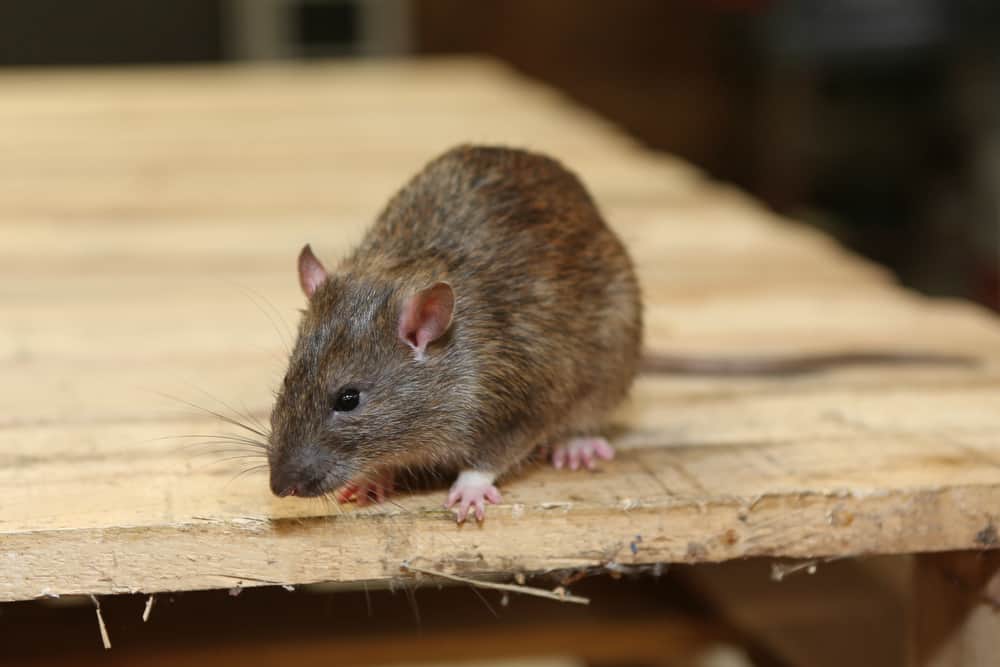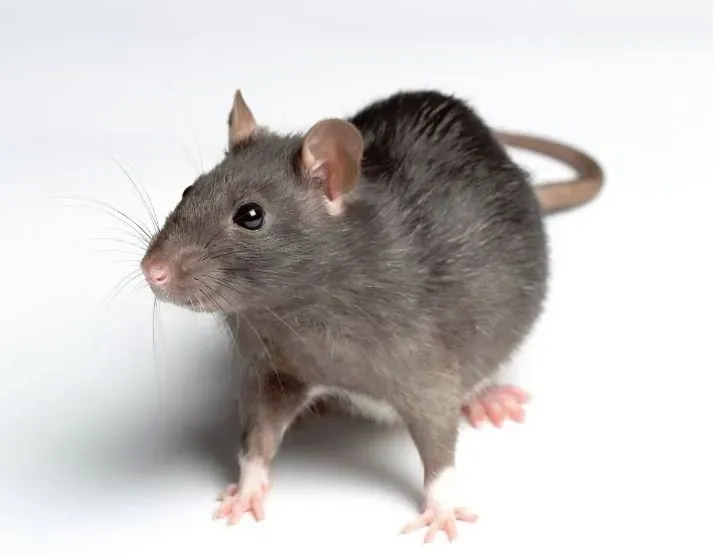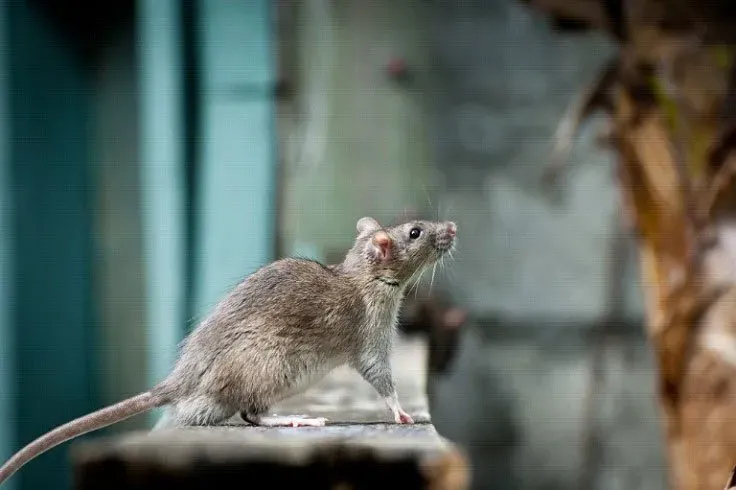What Bug Is Biting You? | Pioneer Exterminating Company
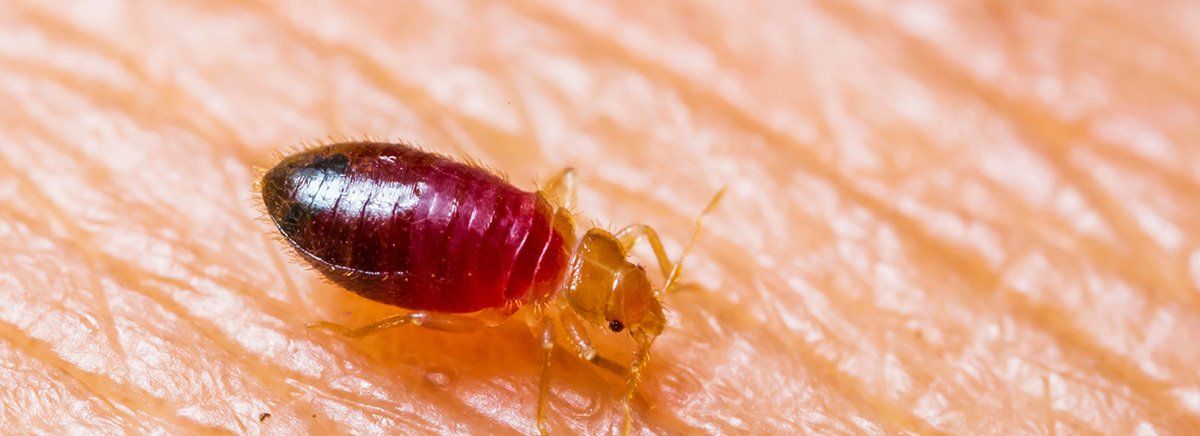
More than 99 percent of pest control professionals admit to treating for bedbugs within the past year. Even though the number of cases is on the rise, the growing trend doesn't necessarily mean that bedbugs are at fault for every itch-inducing issue. Look at the signs of a bedbug problem and learn what other invaders may mimic it.
Bedbugs
Bedbugs are home invaders that can hitchhike their way into your space. Some come from other apartments in the same building, other homes in a multi-family space, or even from luggage/fabric the insects contaminated following a trip to a hotel, so homeowners never know how the bugs got in.
If you suspect that bedbugs area problem in your home, the main signs to look for include:
Bites. Bedbugs can cause itchy, red welts that often appear in small groups. While this is often the first sign of an infestation, some people have no reaction at all.
Bugs. Bedbugs look like tiny apple seed-like brown ovals. They have flat bodies until they feed (when their bodies become round and reddish). They often hide in small cracks and crevices of the bed, bed frame, or surrounding furniture.
Skins. Bedbugs shed their exoskeletons, which you may notice as whitish skins on furniture or fabric.
Bloodstains. Bedbugspuncture your skin to feed. You may find small bloodstains on sheets, bedding, or your nightclothes.
These pests are notoriously tricky to find. A pest control professional has expert level techniques to seek out and find these invading insects.
Carpet Beetle Larvae
The itchy, reddish welts that you wake up with don't always indicate a bedbug infestation. The carpet beetle larvae can also cause a similar reaction.
Before jumping to the conclusion that bedbugs are your problem, look for the signs of a carpet beetle larvae infestation:
Allergic reaction. Carpet beetle larvae don't live on human/animal blood. While these crawling creatures don't bite, they can cause an
allergic reaction that mimics the look and feel of a bug bite.
Bugs. Carpet beetle larvae are nearly 1/4-inch long. They are typically tan and brownish and covered in tiny bristly hairs. You may notice
them on beds, bedding, curtains, clothing, carpets, upholstery, and even furniture.
Damage. Carpet beetles tend to stay outdoors. But their larvae prefer an indoor buffet of fabric, feathers, leather, and other similar items.
Look for damage or holes in clothing, bedding, or anything covered in fabric.
Like bedbugs, carpet beetles are often hard to find. If you're not sure whether these pests are at fault for your itchy skin or the damage you find
around your home, contact a pest control professional.
Fleas
Fleas can also cause itchy bites. While you don't always need a pet host to bring fleas into the house (in some cases they hitch a ride on a human),you are more likely to have these pests if you have outdoor animals.
The most common signs of a flea infestation include:
Bites. Fleas feed off animals or humans, often leaving behind groups of itchy, red bites on the ankles, legs, folds of skin, waist, breasts, or groin.
Bugs. Fleas are small, dark, and wingless bugs. They jump from place to place. You may see them on your body, on bedding, or on your pet.
Fecal matter. Fleas leave behind fecal matter. These pepper-shaped and colored flakes are small, but often noticeable on your pet's skin.
Removing fleas from your home may require a trip to the vet for pet medication, along with a visit from a pest control professional.
Other Pests
What else can cause itchy, red, bite-like marks? These pests can also cause bites:
Chiggers. These bugs typically bite exposed feet or ankles while outdoors.
Mosquitoes. These may be indoors or outside.
Spiders. These invaders can cause reactions that range from mild to serious.
Again, proper identification from a pest control expert is always necessary.
Do you have itchy bites? Contact Pioneer Exterminating Company for more information.

